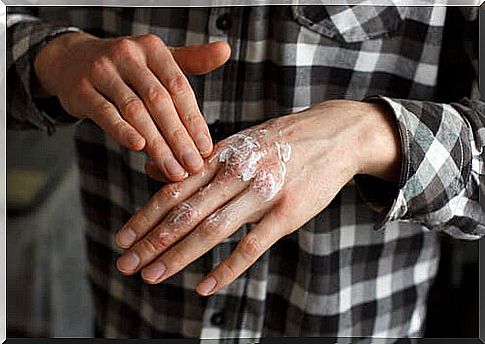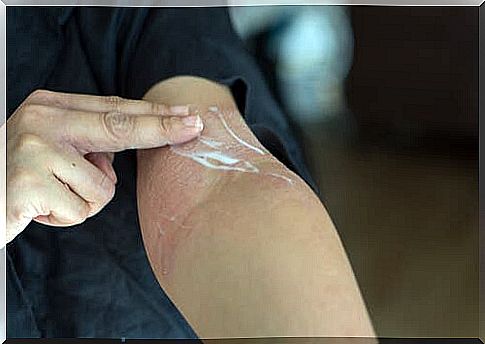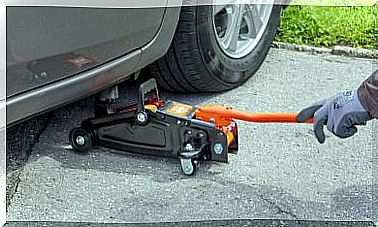Application Of Topical Corticosteroids: Essential Information

Topical corticosteroids should be used with caution if you suffer from certain skin disorders. There are two important aspects: the first is the fear of using such products, and the second is the side effects that can occur when you abuse topical corticosteroids.
The fear of using topical corticosteroids is based on the idea that they could produce systemic-like side effects.
Side effects of systemic corticosteroids include inflammation, weight gain and the risk of developing osteoporosis. It is important to note that the abuse of topical corticosteroids can have equally serious consequences, especially if the product used is very strong or has been applied to a large area of skin.
Topical corticosteroid abuse can also cause tachyphylaxis. When you apply the product, it works and helps you feel better. As a consequence, apply the product repeatedly, ignoring the possibility of negative consequences.
Application of topical corticosteroids and possible side effects
Due to the way they are applied, the side effects of topical corticosteroids mainly target the skin. For example, the most common side effect is atrophy of the outer layer of the skin. Stretch marks, excessive hair growth and acne are rarer side effects.
If you are using topical corticosteroids and you do not notice any improvement, consult a doctor immediately. He will control the lesion and, if necessary, change your treatment.
What factors influence the absorption of topical corticosteroids?

The effects of the active ingredients depend on certain aspects, such as:
Skin permeability
There are a few relevant factors in how the skin absorbs a topical corticosteroid:
- Age: The skin is more permeable to children and the elderly. The effects of the product are directly proportional to the permeability of the skin.
- Location of the problem: The effects of topical corticosteroids also depend on the region we apply. The most permeable regions are the mucous membranes.
- Disease type and skin condition: If the skin is damaged, the medicine can be absorbed more easily. But chronic lesions cause thickening of the skin, which makes it difficult to absorb.
Type of product applied
We have several types of topical corticosteroids available. Among other things, the skin treated with them must have a pleasant appearance, so that the patient’s self-esteem is not affected.
Solutions and gels are usually used to treat acute dermatitis, while emulsions and creams are useful against subacute lesions. In general, ointments can treat chronic problems such as xerosis.

Are all topical corticosteroids the same?
Each topical corticosteroid has its own active ingredient and has a different potency. Only a specialist can tell you which treatment is right for you. It will take into account the potency and possible side effects of each drug. Choosing the right product will depend on the patient, the location of the problem and the type of lesion.
Low potency corticosteroids are useful in treating facial lesions and can be used for up to five days. If the lesion is in another region of the body, your doctor will prescribe a topical topical corticosteroid that can be used for up to ten days.
Treatment with topical corticosteroids should never be stopped abruptly. If the product does not yield, switch to one with a different potency.
Choose the best topical corticosteroid for you
When you have to apply a topical corticosteroid, it is important to choose the most suitable product for you, depending on the treatment prescribed by your doctor. As mentioned earlier, an acute pathology differs from a chronic one.









